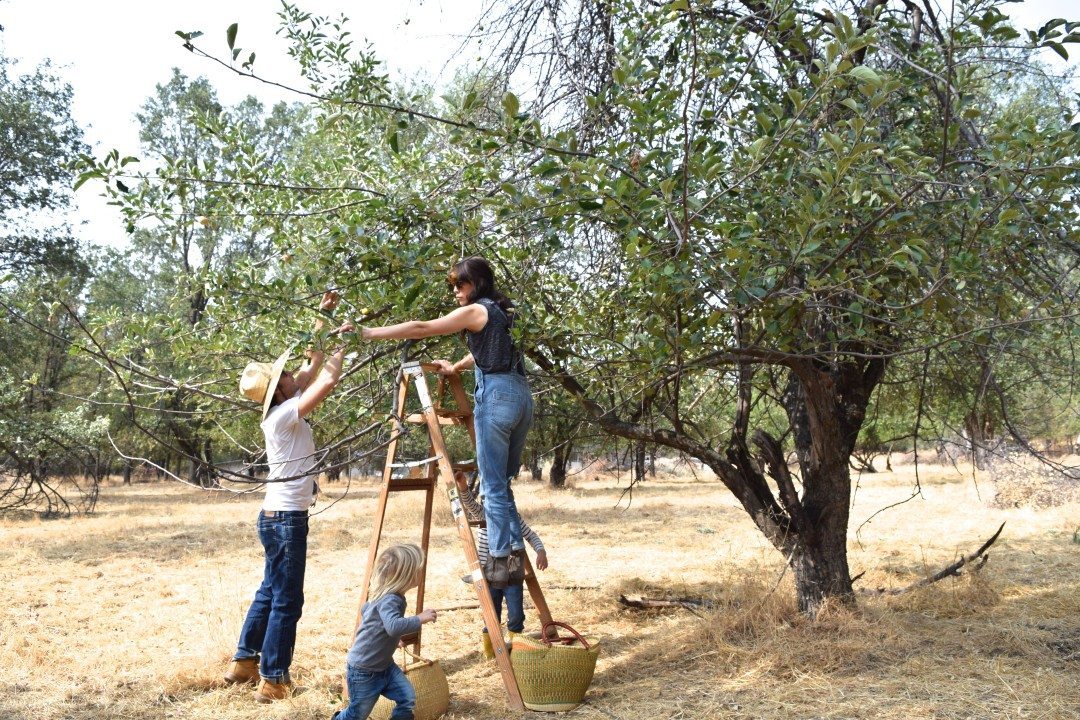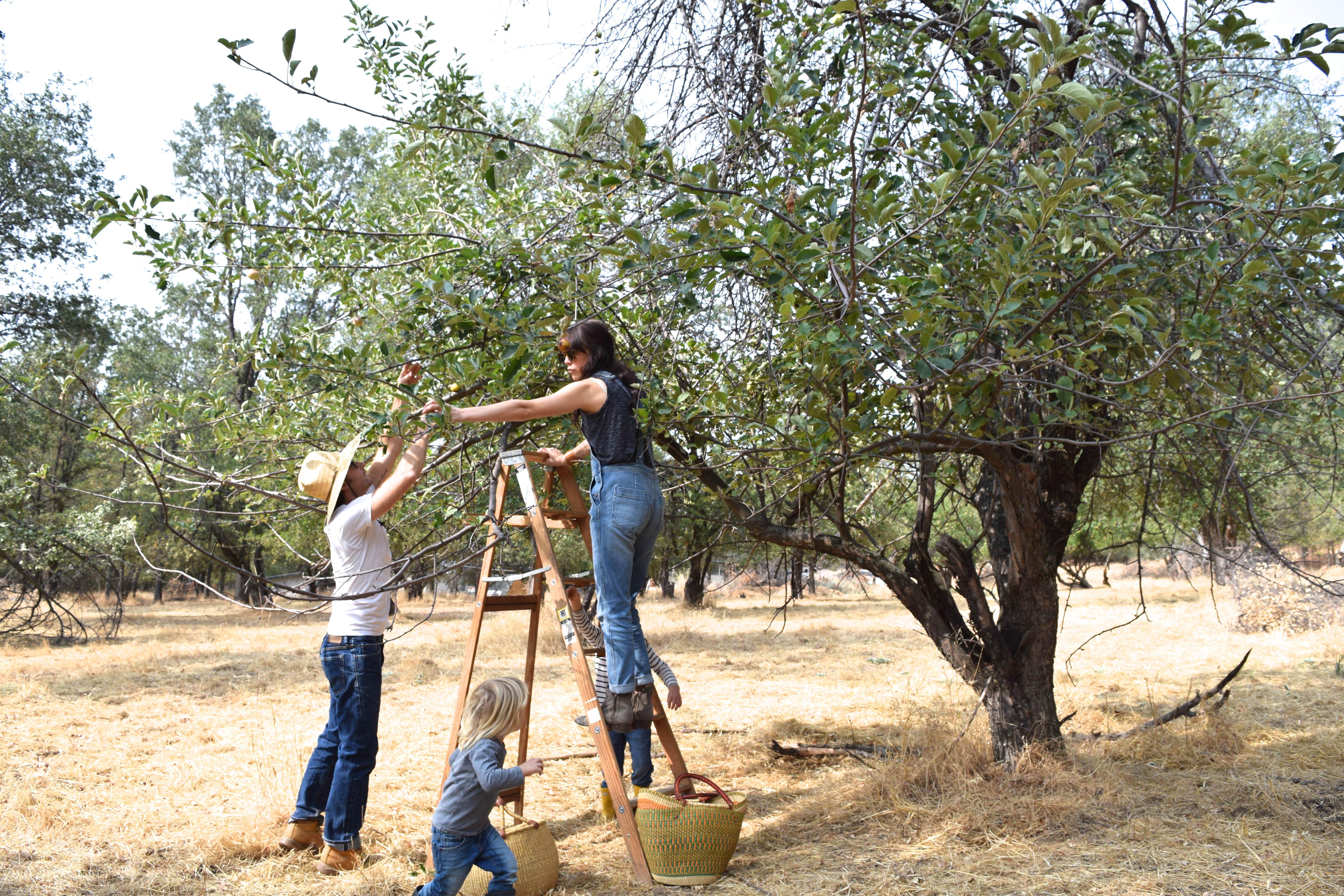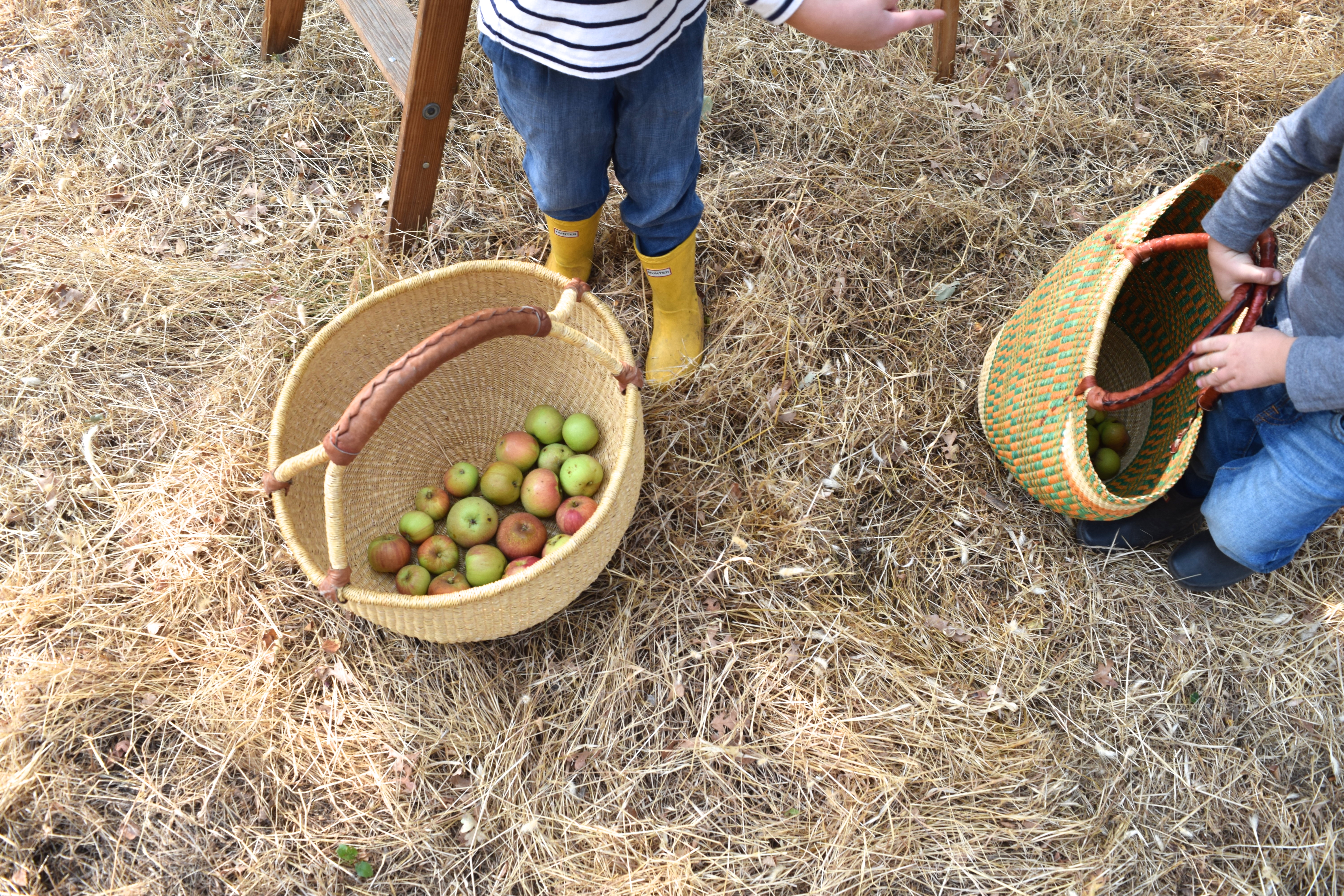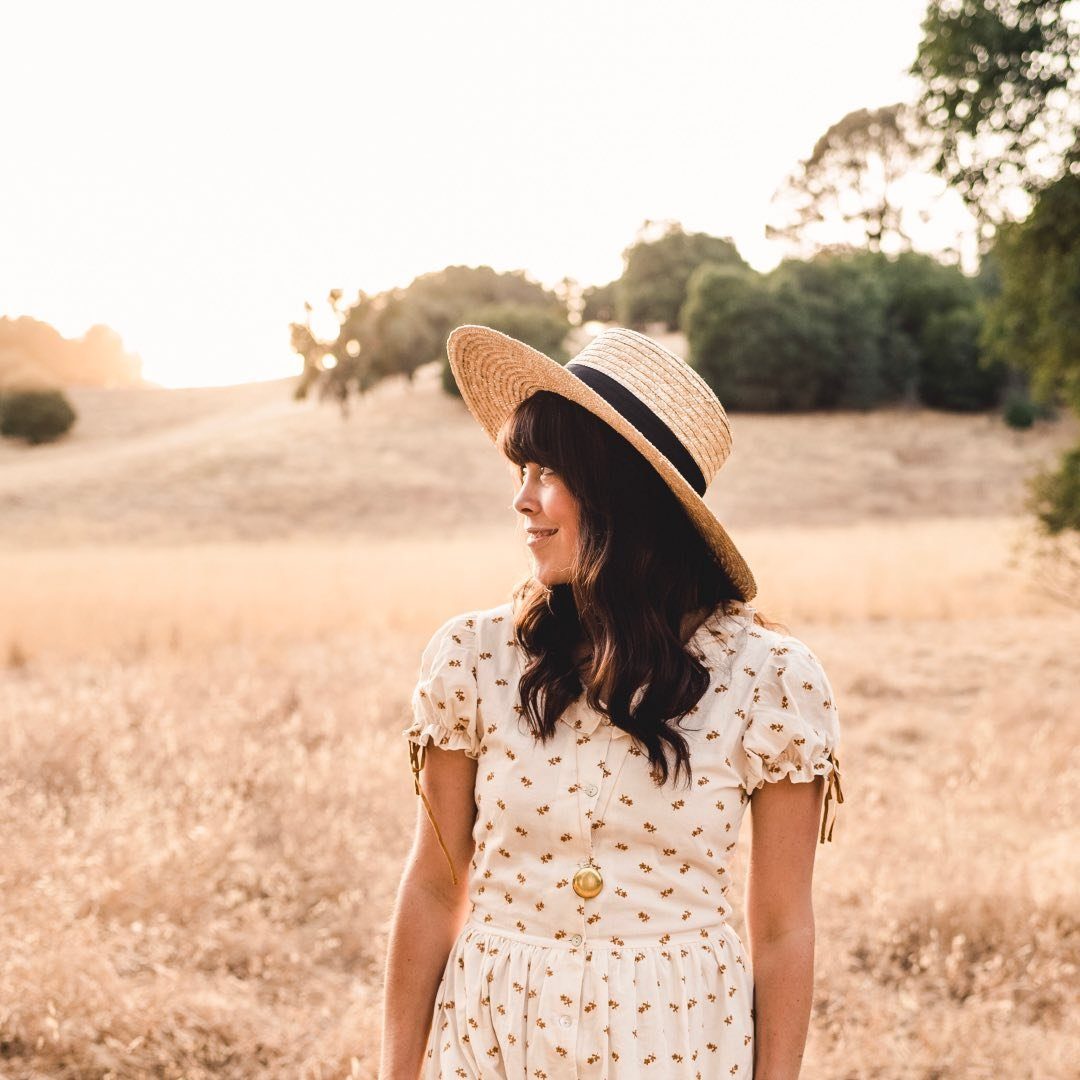
Its been a few months since we blogged about the land. Our last Orchard blog, was our field trip to Indiginy reserve, where we discovered some great information about apple trees. While interviewing the owner of Indigeny, he suggested we also contact U.C. Berkeley agriculture department. Apparently years ago, he had done so. They provided him with tons of research and years of farm and agriculture research, not to mention he said it was a free service.
A few phone calls and emails later, I had an appointment booked. Last weekend I met with them. After just a couple hours of talking, I left with feelings of joy and optimism. I was again reminded by the professor how lucky I was to have such a beautiful piece of land. She said “its hard to come by land like this around here. Its beautiful and these apple trees are amazing, you are blessed here.” Hearing this confirmed, Aimee and I wanted to do everything we could to use this orchard to its fullest potential.
During the meeting I also felt a little overwhelmed. The professor had been working with farmers for years throughout California. When I told her of my future plans to develop the land, she cautioned me to take my time. “Farming, especially fruit and nut trees is extremely time consuming and requires a lot of maintenance.” Hearing this from her also confirmed some ideas Aimee and I have had over the last six months; a community farm which we will discuss another day.
During the interview, I expected her to tell me a list of to-do’s and not to-do’s when it came to apple trees, but what I quickly realized was that this was not a one time date; it was the beginning of a farming relationship and beginning stages of studying my land in order to produce a high yielding farm. She spent half her time telling me horror stories of farmers who spent years of hard work and money spent, only to find their time, effort and money was wasted all because they did not do the proper research on the land. DO THE RESEARCH she said.
The first thing she advised me to do was a soil test. It’s a simple test which I can send to the University to review. It will tell me what the best crop for the soil is, it’s water holding capacity and the amount of spacing needed between each tree.
Second. She advised me about my elevation and how it was perfect for apple trees, but not for all fruit trees. I was advised to plant stone fruit trees. A stone fruit tree is hardier than most fruit trees, meaning it is better suited for my climate (2300 feet elevation) in which I get hot summers and relatively cold winters with some snow fall. Some examples of stone fruit include different varieties of pluots, plumbs, nectarines and apricots. Here is a list of seven of the most preferred stone fruit trees.
Third, I was advised about microclimates. Our orchard is in a unique location. The topography of the land has it sitting in a small valley (3oo yards by approximalty 400 yards). The second portion of our property climes a low sloped hill. The valley captures an extensive amount of cold air during the winter. I currently live two miles up the road from the orchard. During the winter, it could be 4o degrees at my house and 30 at the orchard, all due to the valley it sits in. The back portion of the orchard which rises out of the valley could be anywhere from 5 to 10 degrees warmer as well. She advised this knowledge is one of the most important factors when it comes to developing my orchard. The apple trees would be fine, but if I plant other fruit trees, even some hardier ones in the valley, they could be spoiled from fall and spring frosts. The solution? She advised I purchase an Onset Hobo Temperature Log. This small piece of equipment will allow me to receive daily temperature logs throughout the day. The plan is to purchase two or three of these devices and place them throughout my orchard. This will help me plan which types of fruit trees would be safe from ruin by early and late season frosts. It will also help me determine the safest locations to plant the trees we want.
Thinking of this topic, microclimates, the other night a friend Garrett and I went out to the orchard around 10:30 pm. Our plan was to destroy a meat bee nest which has been giving us problems since April. When we got out of the car it was a cool 50 degrees. As we walked up the back portion of the property, it suddenly became warm and we felt a warm breeze. We were glad to find the bee nest we were coming to destroy had been dug up by a wild animal of some kind. When we returned to the apple orchard, we literally went from a warm (65 degrees) to much colder within 100 feet of the valley where the apple trees lie. “That’s a microclimate,” I told my friend Garrett. Feeling the microclimate first hand made me realize how what an important factor this could play in the orchard and it’s development.
Because our orchard is over 100 year old, oak trees have since moved into the property providing some nice shade. When farming fruit trees however, you want all the sunlight you can get. My original thought was to cut some of the oak trees down, but after talking with the Berkeley professor, she advised to leave them since cutting them could cause root rot. Root rot, when absorbed by nearby fruit trees, will kill them. Needless to say, the oaks are staying.
After talking about future irrigation needs for the orchard, she said U.C. Berkly will provide me with a cost study. I would provide them with soil test, total acreage, type of fruit tree and water supply information and intern, they will process all my data and tell me how much it will cost per tree to plant and maintain the tree throughout the year. Wow! This data could prove useful in planning a budget for the project.
While walking the property, we found yellow star-thistle weeds on the ground. She was surprised it was minimal and advised to dig them up ASAP and remove them from the property. If not, they run the potential of spreading quickly. She also told me to be careful not to import dirt and be careful of the supplies that come on the land when we build our home and barn. This is usually how outside weeds find their way to your land.
Meeting with U.C. Berkly was a great experience. I felt like I scratched the service of a huge resource, yet, I felt like God was simply connecting another dot.

On another note, we have been spending a lot of time on the property picking apples, pears and cutting out fire blith ( a disease that can destroy the tree if not removed). With the help a few friends, we made 5 gallons of hard apple cider! Currently we are awaiting its completion of the fermentation process.



We have canned pears which have become a morning favorite on top of oatmeal and and evening delight on top of vanilla ice cream.
And the chickens…. we lost one. A few weeks ago, I had the brilliant idea to let the chickens out, only instead of locking them back up, I left them out for two hours when I went home. When I returned, the smallest was dead. From the looks of it, my guess is a hawk got him. Lesson learned.
Regarding the house build. We have some really exciting developments.. but ill let Aimee share with you soon.






Comments